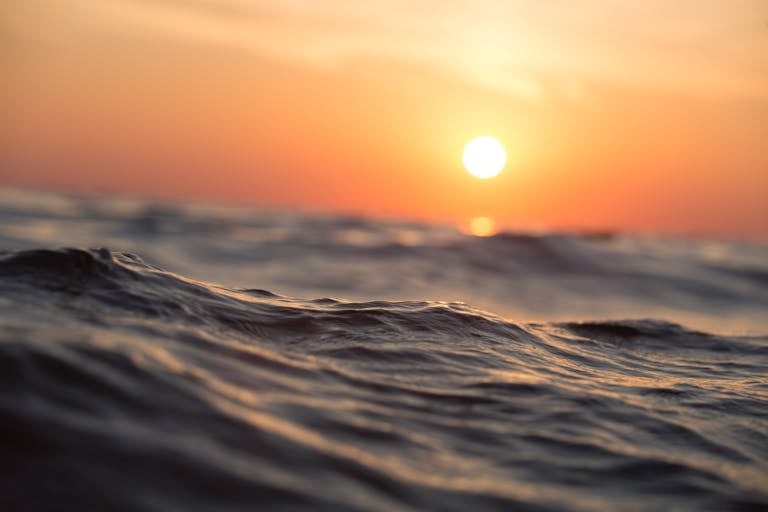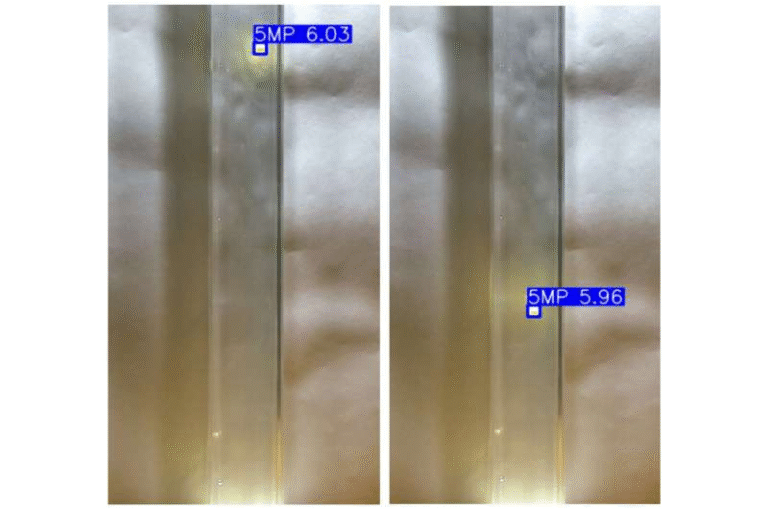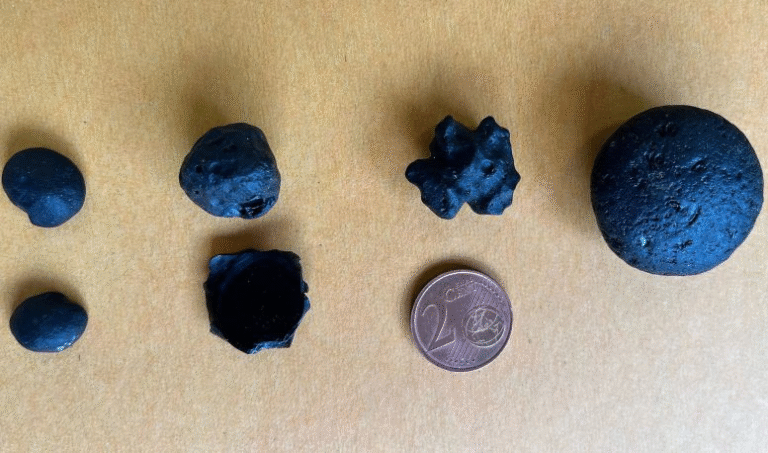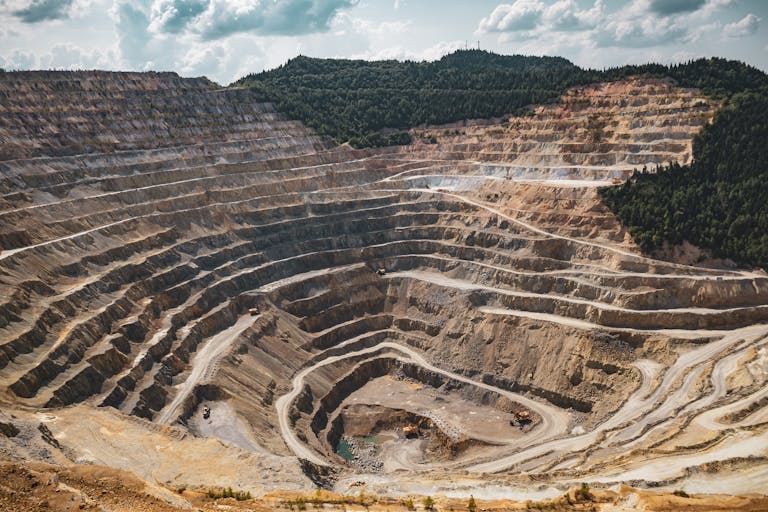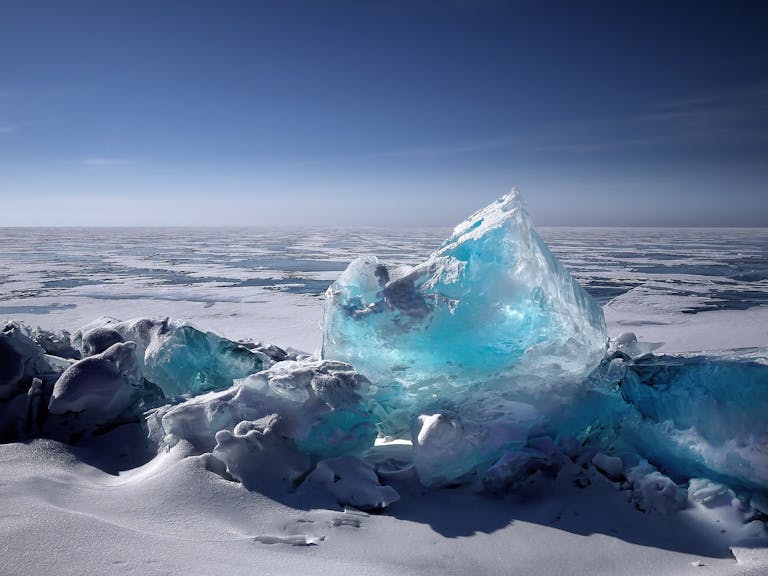Greenland’s Hidden Caves Reveal a Warm, Lush Arctic from Millions of Years Ago

A team of geologists has uncovered remarkable new evidence that northern Greenland—now one of the coldest, driest, and most remote places on Earth—was once a warm and wet region. This discovery comes from cave deposits, or speleothems, found deep inside a remote cavern known as Cove Cave, and it paints a vivid picture of the Arctic during the Late Miocene, roughly 9.5 to 5.3 million years ago.
Led by Gina Moseley, Gabriella Koltai, and Jonathan Baker from the University of Innsbruck in Austria, the research team has published their findings in the journal Nature Geoscience. The study provides one of the first high-resolution terrestrial climate records from the High Arctic—a region previously understood mainly through marine sediments.
A Window into an Ancient Arctic
The scientists’ journey began in one of the most isolated regions on the planet—the far northern coast of Greenland. Reaching Cove Cave required small aircraft, days of hiking across uninhabited terrain, and precise navigation through rugged Arctic wilderness. Inside, the team discovered calcite formations—the mineral layers that build up over time as dripping water deposits calcium carbonate.
Here’s the key: these formations only grow when the ground is not frozen. That means, for these deposits to exist, the area must have been free of permafrost and had liquid water flowing through the rock.
In today’s Greenland, the land above the Arctic Circle remains frozen solid for most of the year. The discovery of such deposits was therefore a direct signal that conditions millions of years ago were far warmer and wetter than today.
Climate Clues Locked in Stone
The team analyzed the cave deposits using advanced radiometric dating (specifically uranium–lead dating) and oxygen isotope measurements. These techniques revealed that the speleothems formed during several distinct warm and humid phases between 9.5 and 5.3 million years ago.
During these periods, average annual air temperatures in northern Greenland were about 14°C higher than they are today. In addition, atmospheric carbon dioxide (CO₂) levels were found to be 310 parts per million (ppm) or more. To put that in perspective, those levels are similar to Earth’s CO₂ concentrations just a century ago—but far lower than the 420+ ppm recorded today.
Between the warm intervals, the scientists found chemical signs suggesting short-lived cooler phases, during which small glaciers temporarily formed in the region. These alternating warm and cold cycles reflected the Arctic’s sensitivity to even modest shifts in climate.
The evidence also aligned well with marine records from the same era, showing that the Arctic’s land and ocean environments were responding together to changing global conditions.
Why the Late Miocene Matters
The Late Miocene, which spanned from about 11 to 5 million years ago, is an especially valuable period for climate researchers. Earth’s continents were arranged much as they are now, and CO₂ concentrations and global temperatures were within the range projected for the coming decades. In short, it serves as a natural laboratory for studying what our planet might look like under similar greenhouse gas levels.
Until now, most of what scientists knew about Arctic climate during this time came from marine sediment cores taken from the ocean floor. This new research adds a critical land-based perspective, revealing how the Arctic landscape itself responded to warmer conditions.
The Arctic’s Sensitivity to Warming
The study underscores that the Arctic is not a stable climate system. Even small changes in CO₂ levels or global temperature can trigger dramatic environmental shifts. The presence of speleothems—formed during relatively modest CO₂ levels—indicates that permafrost can vanish quickly once certain thresholds are crossed.
This has direct relevance for today’s world. As global temperatures continue to rise, modern permafrost regions across Greenland, Canada, Siberia, and Alaska are beginning to thaw. These frozen soils contain vast stores of carbon and methane, and their release could significantly amplify climate change through powerful feedback loops.
The Greenland cave study reminds us that such changes are not theoretical—they have happened before. The Arctic, the researchers emphasize, has never been a static environment. It has flipped between states of warmth and ice many times, reacting rapidly to even minor shifts in climate drivers.
How Caves Record Climate History
To understand why this discovery is so significant, it helps to know what makes speleothems such powerful archives of past climates.
- Speleothems include stalactites, stalagmites, and flowstones—structures formed when water rich in dissolved minerals drips or flows through a cave.
- The chemistry of each layer reflects the temperature, rainfall, and vegetation at the time it formed.
- Because speleothems grow in thin layers over thousands of years, they act like climate time capsules, capturing information about Earth’s environment at a fine resolution.
In cold regions like Greenland, however, caves are usually sealed off by permafrost, preventing water flow and mineral deposition. Finding intact Late Miocene speleothems there is, therefore, extraordinary evidence that the Arctic was once permafrost-free.
Comparing Then and Now
Let’s compare the two eras.
| Feature | Late Miocene Greenland | Present-day Greenland |
|---|---|---|
| Mean annual air temperature | ~14°C warmer than today | Below freezing for most of the year |
| Permafrost | Absent | Widespread |
| CO₂ concentration | ≥ 310 ppm | ~420 ppm |
| Landscape | Wet, vegetated, flowing water | Ice-covered tundra |
| Glaciers | Small, short-lived | Massive ice sheets |
The data shows that when CO₂ was just over 300 ppm, Greenland’s north was ice-free and temperate. Today, with much higher CO₂ levels, the planet is moving into conditions that could again destabilize Arctic permafrost and accelerate global warming.
Lessons for the Present and Future
What this study ultimately demonstrates is that every fraction of a degree of warming matters. The Late Miocene tells us that even seemingly moderate greenhouse gas levels can push the Arctic toward conditions completely different from today’s.
The researchers point out that the feedback loops associated with thawing permafrost—such as the release of trapped methane—could greatly intensify future warming if current trends continue.
While we cannot reverse Earth’s geological past, we can learn from it. Understanding how quickly the Arctic changed millions of years ago helps scientists refine climate models, making future projections more accurate. It also serves as a powerful reminder that our current trajectory could lead to a planet where frozen regions thaw, ecosystems shift, and climate systems move beyond stable bounds.
Beyond the Study: What Is the Arctic Telling Us?
Scientists have long known that the Arctic amplifies global warming faster than any other region—a phenomenon called Arctic amplification. Loss of reflective ice surfaces, changes in cloud cover, and the release of greenhouse gases all play a role.
In the modern era, Greenland’s ice sheet is melting at record rates, contributing to rising sea levels worldwide. Meanwhile, thawing permafrost across the Arctic Circle threatens infrastructure, wildlife habitats, and the delicate balance of the carbon cycle.
By looking back millions of years through formations like those in Cove Cave, researchers are piecing together how the Arctic climate machine works. The past shows that Greenland’s environment can transform dramatically, and rapidly, when atmospheric conditions tip beyond certain thresholds.
Reference
Research Paper: Late Miocene Arctic warmth and terrestrial climate recorded by North Greenland speleothems – Nature Geoscience (2025)
